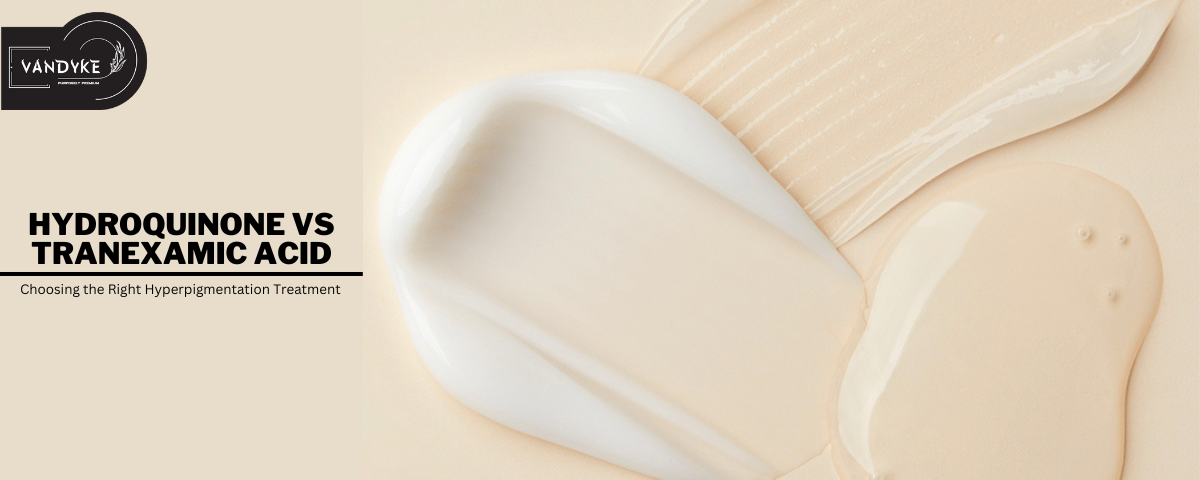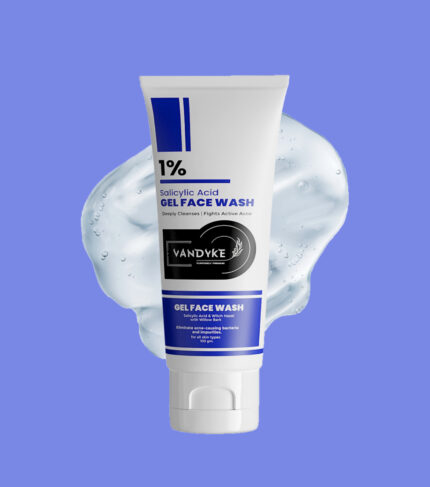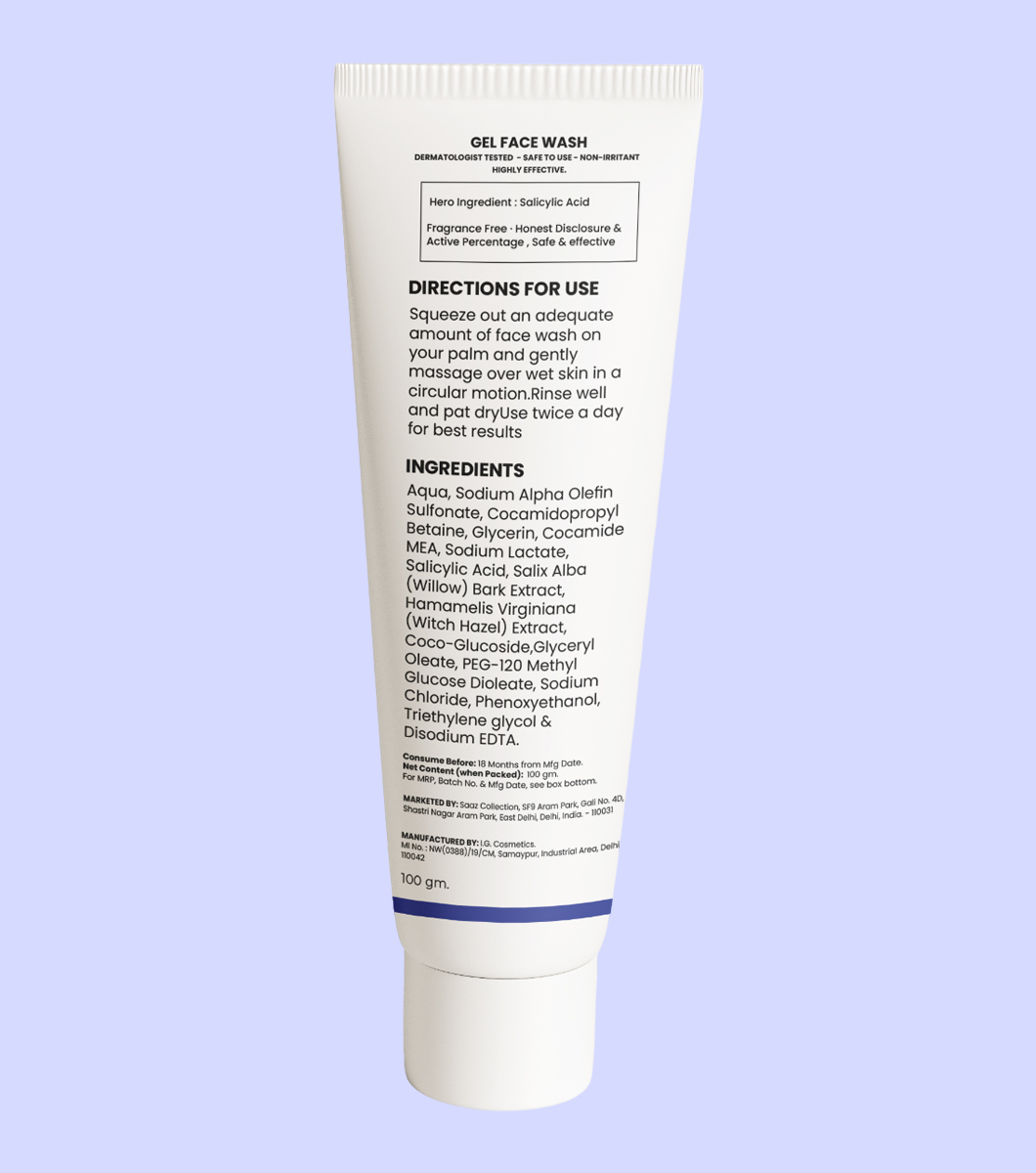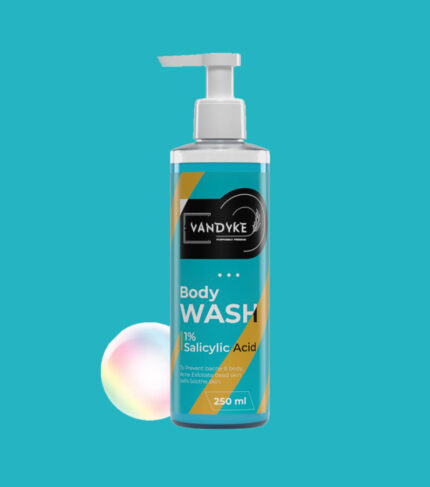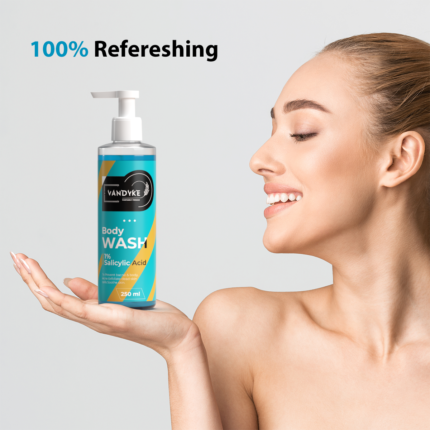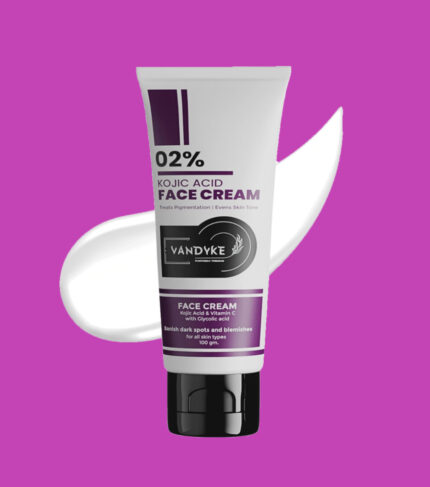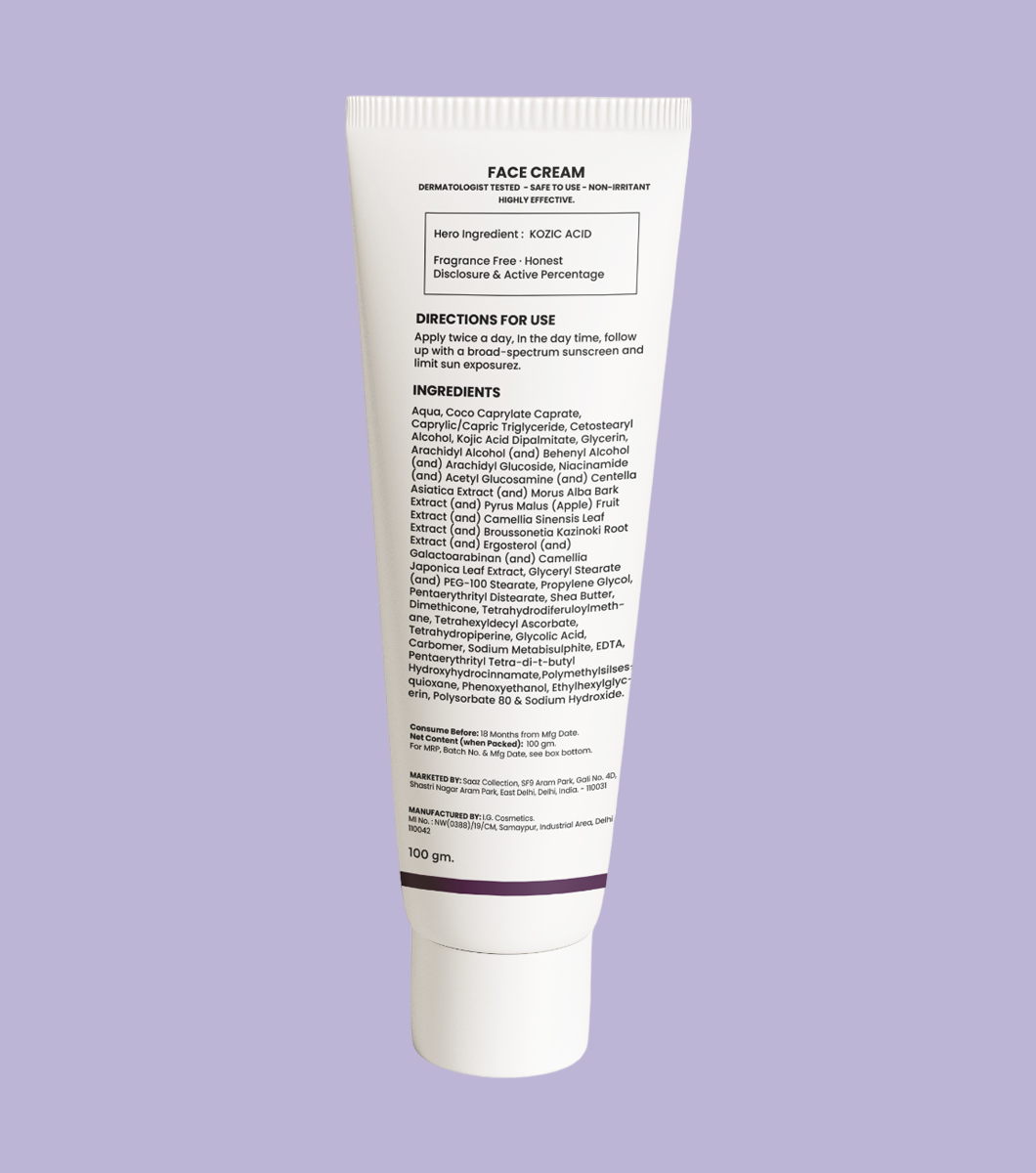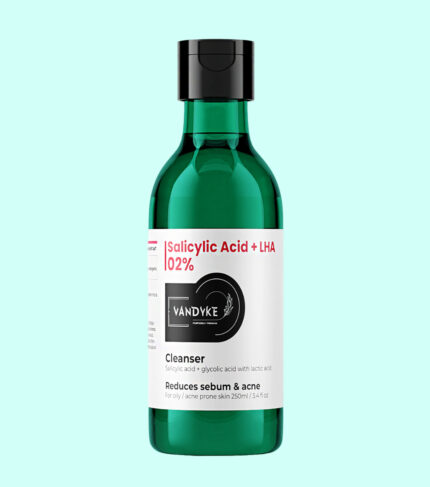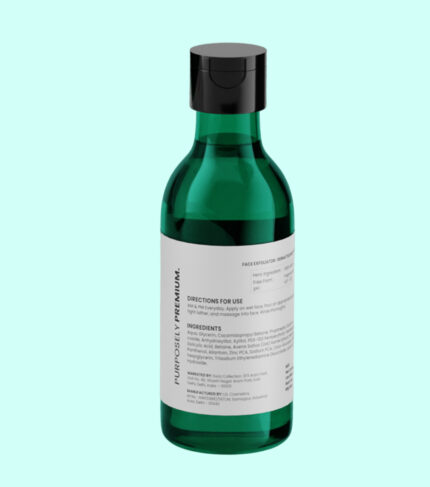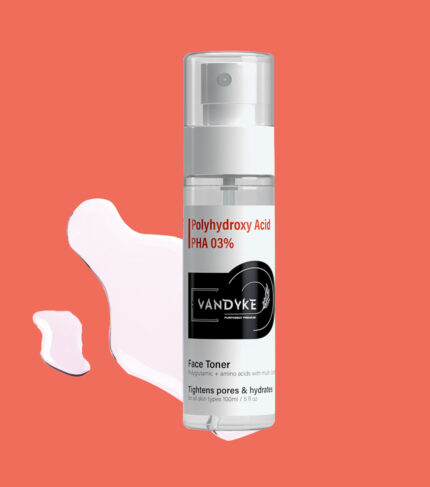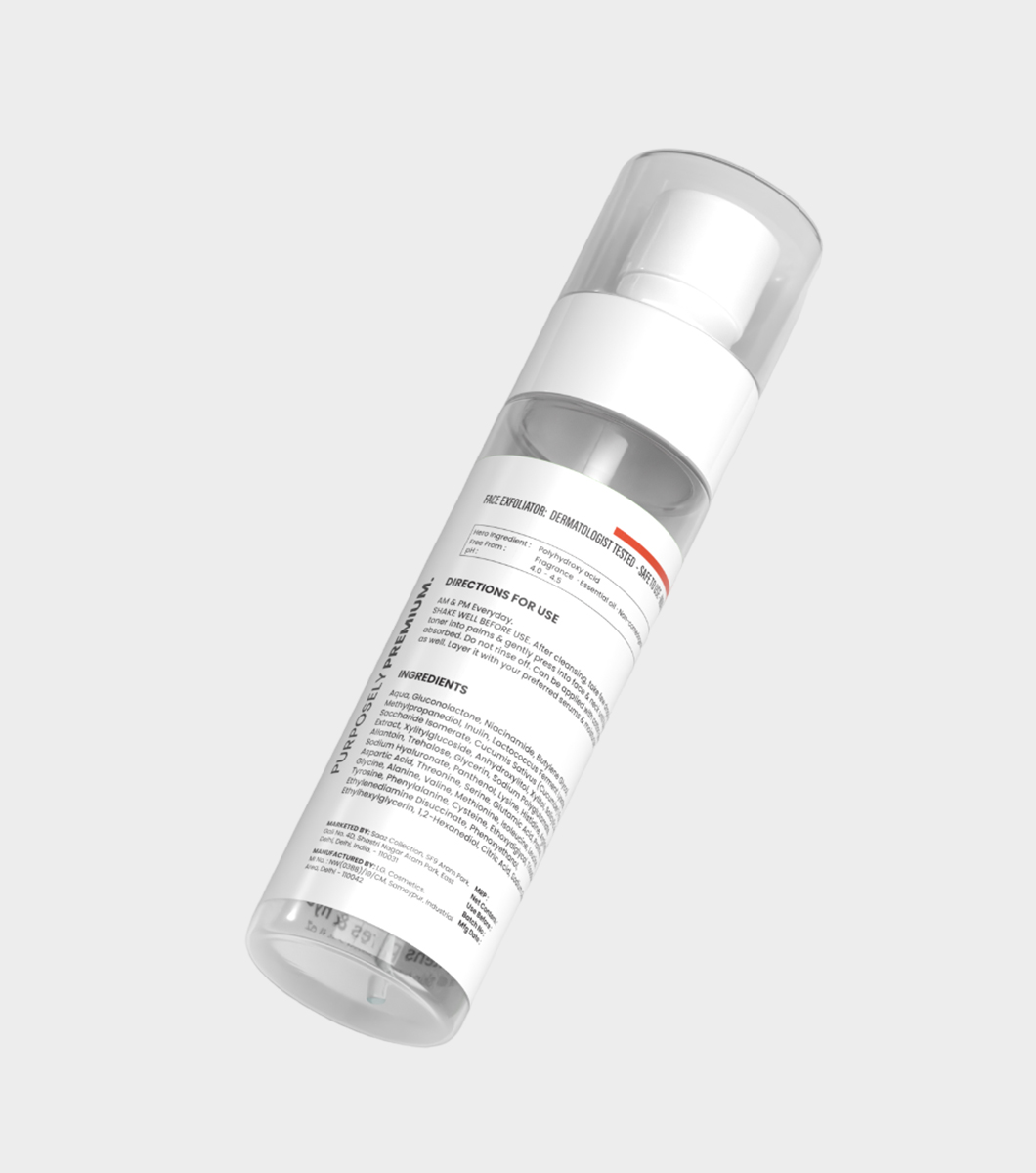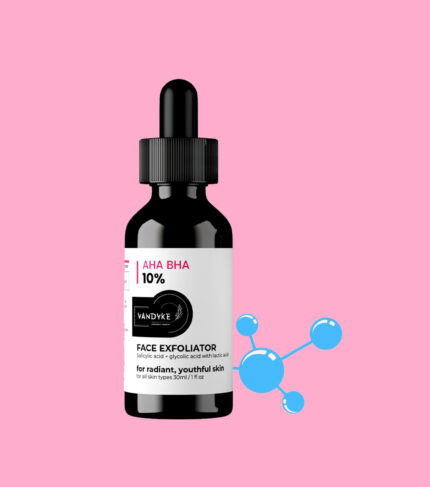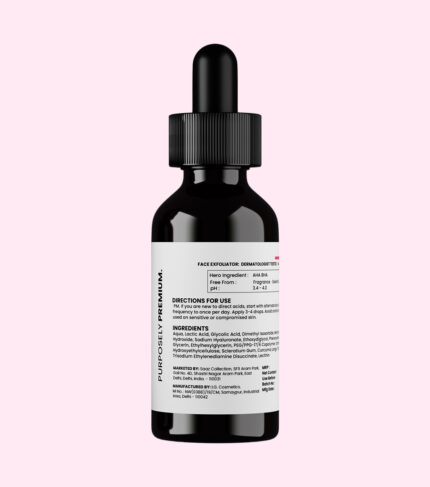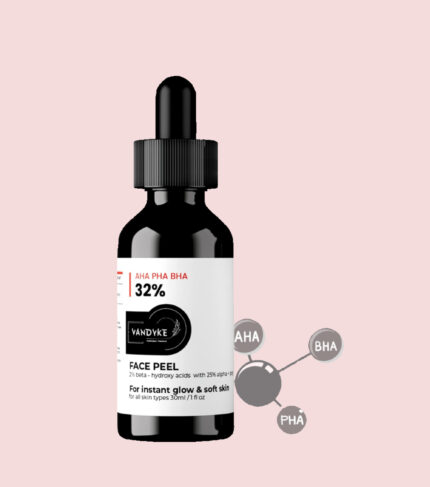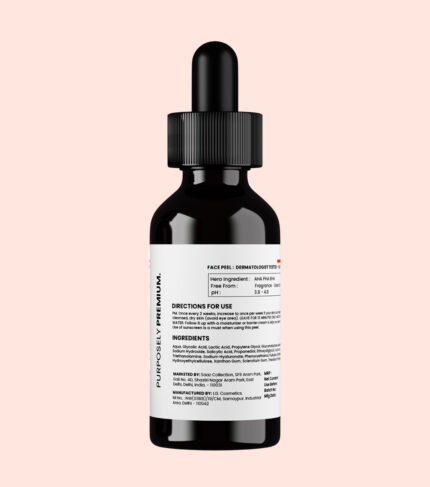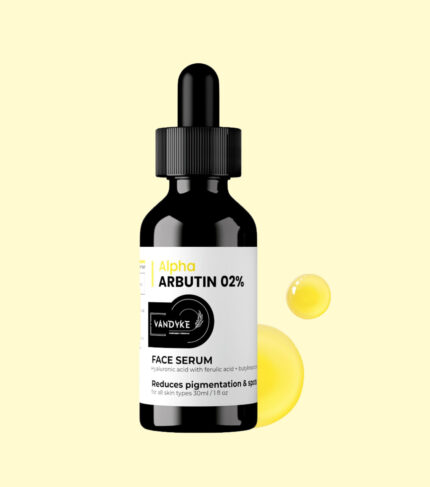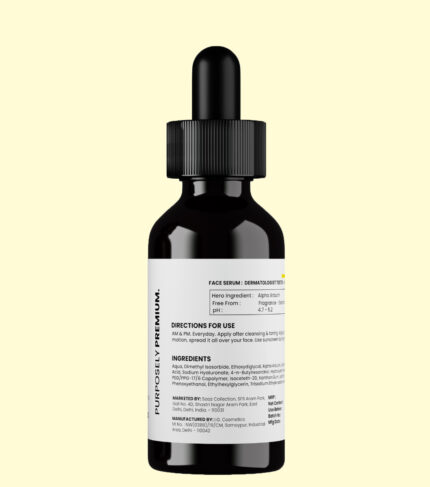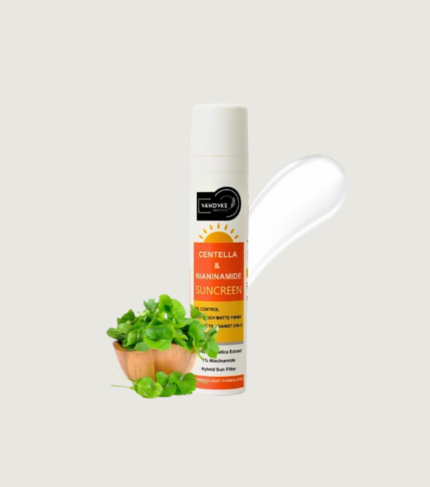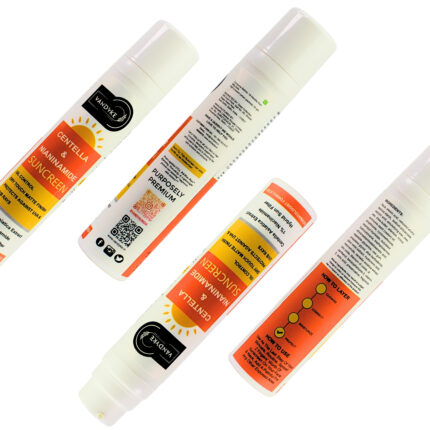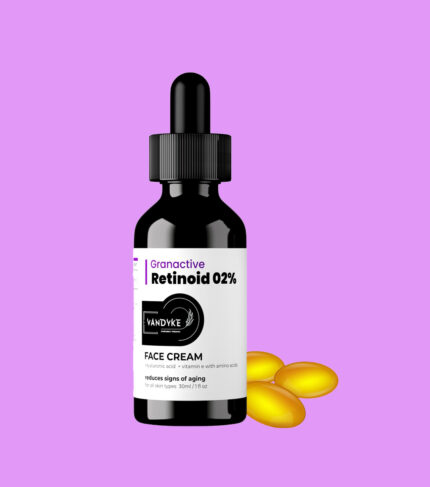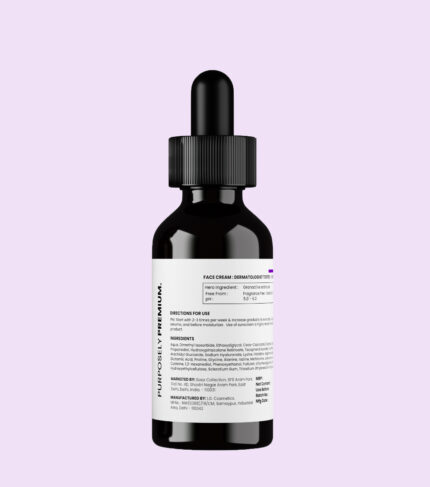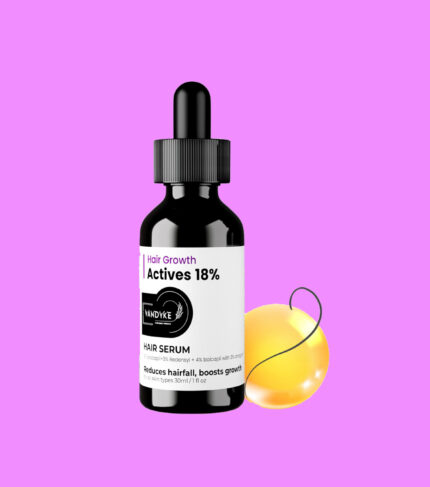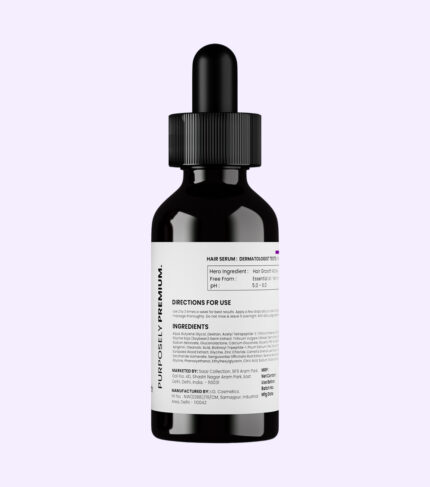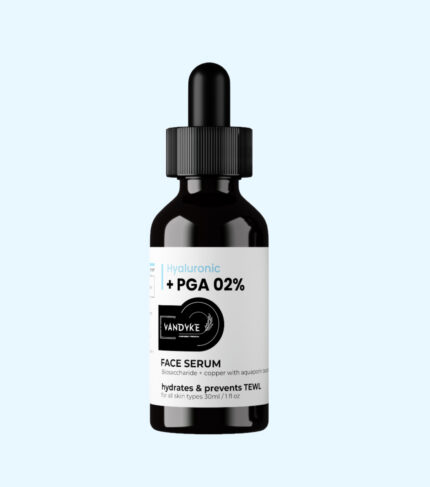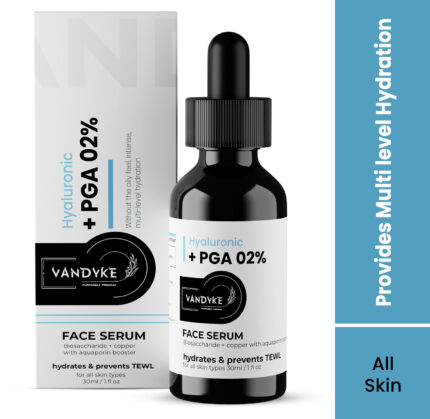Hydroquinone vs Tranexamic Acid Choosing the Right Hyperpigmentation Treatment
Hydroquinone vs Tranexamic Acid: Hyperpigmentation is a common skin concern that many individuals face, leading to the development of dark spots, patches, or uneven skin tone. Fortunately, there are various treatment options available to address hyperpigmentation and achieve a more even complexion. Two popular ingredients known for their efficacy in treating hyperpigmentation are hydroquinone and tranexamic acid. In this comprehensive guide, we’ll delve deep into these treatments, discussing their mechanisms, benefits, potential side effects, and how to decide which one is the right choice for your skin.
What is Hydroquinone?
Hydroquinone is a remarkable dermatological compound with the remarkable ability to transform your skin. At its core, it’s a potent skin-lightening agent, but its magic goes far beyond that.
Hydroquinone achieves its transformative effects by masterfully curbing the production of melanin, that all-important pigment responsible for the hues and tones that define our skin. Imagine it as a conductor, orchestrating the symphony of shades that make up your complexion.
But here’s the real marvel: hydroquinone takes center stage by silencing a key player in this melanin orchestra—the enzyme known as tyrosinase. This enzyme is like the composer of your skin’s melanin melody, creating the beautiful palette of colors that adorn you.
In essence, hydroquinone is the conductor that orchestrates a symphony of clarity in your complexion, allowing your natural radiance to shine through. It’s the secret ingredient that can help you achieve the clear, luminous skin you’ve always dreamed of.
Benefits
- Effective Skin Lightening
Hydroquinone is highly effective at reducing the appearance of dark spots, melasma, and post-inflammatory hyperpigmentation.
- Fast Results
Many users notice visible improvements in their skin tone within a few weeks of consistent use.
- Prescription and OTC Options
Hydroquinone is available both as a prescription-strength treatment and in over-the-counter (OTC) formulations.
- Well-Studied
This ingredient has been extensively studied and has a long history of use in dermatology.
Potential Side Effects
- Skin Irritation
Some individuals may experience skin irritation, redness, or a burning sensation when using hydroquinone.
- Hypopigmentation
Prolonged use of high-strength hydroquinone can lead to a condition called ochronosis, characterized by blue-black pigmentation.
- Sensitivity to Sun
Hydroquinone can make the skin more sensitive to sunlight, necessitating the use of sunscreen.
Tranexamic Acid
Tranexamic Acid, a true marvel in the world of skincare, is an amino acid derivative with the remarkable ability to combat hyperpigmentation at its roots. This extraordinary compound steps into the spotlight by expertly disrupting the intricate processes that result in an overproduction of melanin, the pigment responsible for the vivid hues and variations in our skin.
Imagine it as the guardian of your skin’s color harmony, working tirelessly to maintain balance. It does this by skillfully interfering with the interaction between two key players in the skin’s color story: melanocytes and keratinocytes. These two cellular entities have a crucial dialogue that determines the distribution of melanin, influencing the appearance of dark spots, uneven pigmentation, and other blemishes.
In essence, Tranexamic Acid is the virtuoso that harmonizes the skin’s color symphony, diminishing the appearance of dark spots and helping you reveal a more even, radiant complexion. It’s the secret weapon that empowers you to take control of your skin’s narrative, ensuring that it radiates with confidence and beauty.
Benefits
- Effective for Melasma
Tranexamic acid is particularly effective for treating melasma, a specific type of hyperpigmentation often triggered by hormonal changes.
- Reduced Irritation
Compared to some other skin-lightening agents, tranexamic acid is generally well-tolerated and less likely to cause irritation.
- Versatility
It can be used on various skin types and is suitable for those with sensitive skin.
Potential Side Effects
- Mild Irritation
Some users may experience mild irritation, although it is less common compared to other treatments.
- Results May Take Longer
While effective, tranexamic acid may take a bit longer to show noticeable improvements compared to hydroquinone.
- Sun Protection
As with any hyperpigmentation treatment, sunscreen is essential to prevent further pigmentation.
Choosing the Right Treatment for You
Selecting the ideal treatment for your skin is a decision that should be tailored to your unique needs and sensitivities. Here’s a breakdown to help you make an informed choice between hydroquinone and tranexamic acid:
Choose Hydroquinone If
- Stubborn Hyperpigmentation
If you’re grappling with persistent, tenacious hyperpigmentation that seems unyielding to other treatments, then hydroquinone might be your go-to choice. Its potent nature can tackle even the most resilient dark spots and uneven pigmentation.
- Quick Results
If time is of the essence, and you’re yearning for rapid improvements in your skin’s appearance, hydroquinone is known for delivering swifter results. It’s like the sprinter in the race towards skin clarity, producing noticeable changes in less time.
- No Known Sensitivities
If you’ve never experienced any adverse reactions to hydroquinone in the past, and your skin seems to tolerate it well, then it could be a reliable option for you.
Choose Tranexamic Acid If
- Hormonal Hyperpigmentation
If your hyperpigmentation is predominantly driven by hormonal factors, such as melasma, tranexamic acid could be your ally. It’s tailored to address these specific triggers and has shown promise in managing hormonally-induced discoloration.
- Sensitive Skin
If you have sensitive skin that tends to react sensitively to more potent treatments, then the gentler, well-tolerated nature of tranexamic acid makes it an appealing choice. It provides a milder path to gradual skin improvement, reducing the risk of irritation.
- Preference for Gradual Improvement
If you favor a step-by-step approach to enhancing your skin’s appearance and appreciate a more gradual transformation, tranexamic acid aligns with this preference. It’s like a patient gardener tending to a garden, nurturing your skin towards its full bloom over time.
Ultimately, the decision between hydroquinone and tranexamic acid hinges on your individual skin concerns, your tolerance for stronger treatments, and your desire for rapid versus gradual results. It’s advisable to consult with a dermatologist or skin care professional who can assess your skin’s specific needs and guide you towards the most suitable option for your journey towards radiant, clear skin.
If you are choosing Tranexamic acid for your hyperpigmentation, then vandyke suggests you to use vandyke Tranexamic 03% face serum for your hyperpigmentation.
Important Considerations
- Consult a Dermatologist
It’s advisable to consult with a dermatologist before starting any hyperpigmentation treatment. They can provide a personalized recommendation based on your skin type and concerns.
- Patch Test
Always perform a patch test when trying a new product or ingredient to check for any adverse reactions.
- Sun Protection
Regardless of your chosen treatment, daily sun protection with sunscreen is essential to prevent further hyperpigmentation and protect your skin.
Conclusion
Hydroquinone vs Tranexamic Acid: Both hydroquinone and tranexamic acid are effective treatments for hyperpigmentation, but the right choice depends on your skin type, specific concerns, and preferences. Consulting with a dermatologist can help you determine which treatment is best suited to your needs, ensuring a safe and effective approach to achieving a more even and radiant complexion.
In conclusion, when it comes to addressing hyperpigmentation, understanding the mechanisms, benefits, and potential side effects of hydroquinone and tranexamic acid is crucial in making an informed decision. Each treatment offers its unique advantages, and consulting with a dermatologist is a prudent step to ensure the most suitable option for your skin.
Choose vandyke skin care tips and vandyke skin care tips because we are;
“Purposely Premium”

